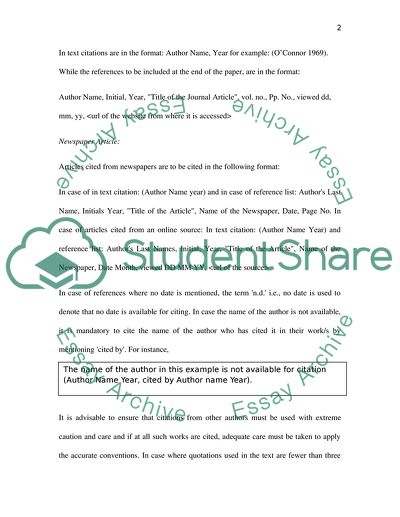Cite this document
(“An Overview on How to Write Reports and Essays and to Set out Research Paper”, n.d.)
An Overview on How to Write Reports and Essays and to Set out Research Paper. Retrieved from https://studentshare.org/professional/1726692-professional-development-business
An Overview on How to Write Reports and Essays and to Set out Research Paper. Retrieved from https://studentshare.org/professional/1726692-professional-development-business
(An Overview on How to Write Reports and Essays and to Set Out Research Paper)
An Overview on How to Write Reports and Essays and to Set Out Research Paper. https://studentshare.org/professional/1726692-professional-development-business.
An Overview on How to Write Reports and Essays and to Set Out Research Paper. https://studentshare.org/professional/1726692-professional-development-business.
“An Overview on How to Write Reports and Essays and to Set Out Research Paper”, n.d. https://studentshare.org/professional/1726692-professional-development-business.


